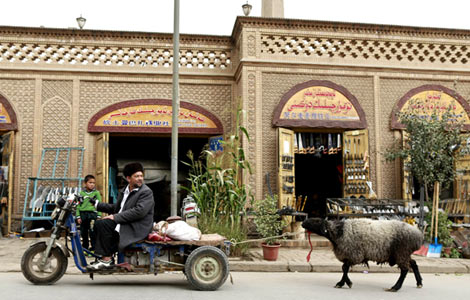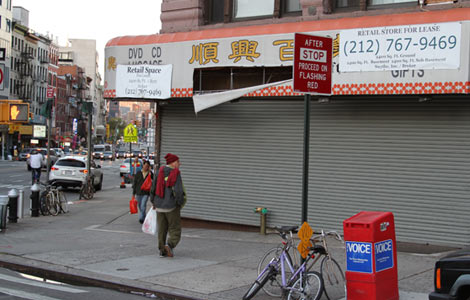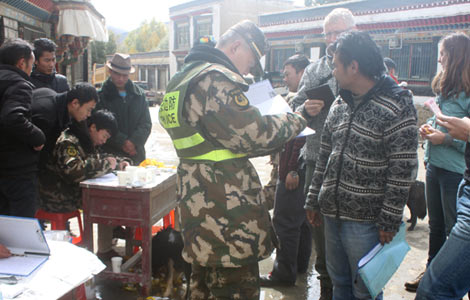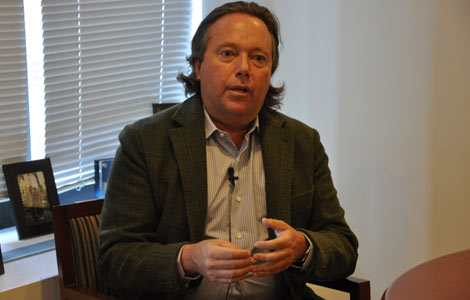Shaping the future of sustainable energy in Asia-Pacific
Updated: 2013-10-16 21:32
By Noeleen Heyzer (chinadaily.com.cn)
|
||||||||
The world is at a critical juncture, with energy consumption rising dramatically. Even allowing for the positive impact of the policy commitments and plans announced by countries to address global climate change, total primary energy demand in Asia and the Pacific alone is expected to nearly double between 2010 and 2030.
How will the Asia-Pacific region meet this demand? How will it grow in a sustainable way that is both equitable and efficient? How can universal energy access be achieved?
These are some of the key questions being addressed at the 22nd World Energy Congress in Daegu, the Republic of Korea, this month.
The world today faces two main energy challenges: providing enough light, warmth and power for every household - and at the same time shifting to cleaner energy sources to protect our increasingly fragile natural environment.
Just over a year ago, at the United Nations Rio+20 Conference, 191 Member States and observers recognized the critical role that energy plays in development. This is why the UN General Assembly declared the period 2014-2024 as the United Nations Decade of Sustainable Energy for All - and why UN Secretary-General Ban Ki-Moon launched his “Sustainable Energy for All” initiative in 2011, focusing on three major goals: improving energy access, efficiency and the share of renewable sources.
Ensuring sustainable energy for everyone is challenging in Asia and the Pacific.
Despite great progress in improving peoples' lives, the Asia-Pacific region still has 628 million people without access to electricity, and 1.8 billion people who still use traditional fuels such as wood, charcoal, agricultural residue and animal waste.
Widespread energy poverty condemns billions to darkness, ill health and missed opportunities: children cannot study at night, clinics and hospitals cannot offer quality healthcare, and large numbers of people are unable to make use of the opportunities and information accessible through modern technology.
Most Viewed
Editor's Picks

|

|

|

|

|

|
Today's Top News
Mexico demands US response over spying scandal
Breast cancer on the rise
Hong Kong, AmEx host culinary feast
Yao, NBA to open training school for teens
IMAX: China exceeds CEO's expectations
Last-ditch effort on debt ceiling
China-UK cooperation projects inked
Alcoa CEO to be feted by US-China Committee
US Weekly

|

|














